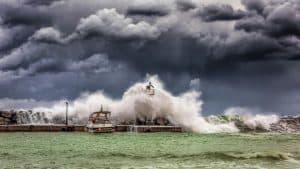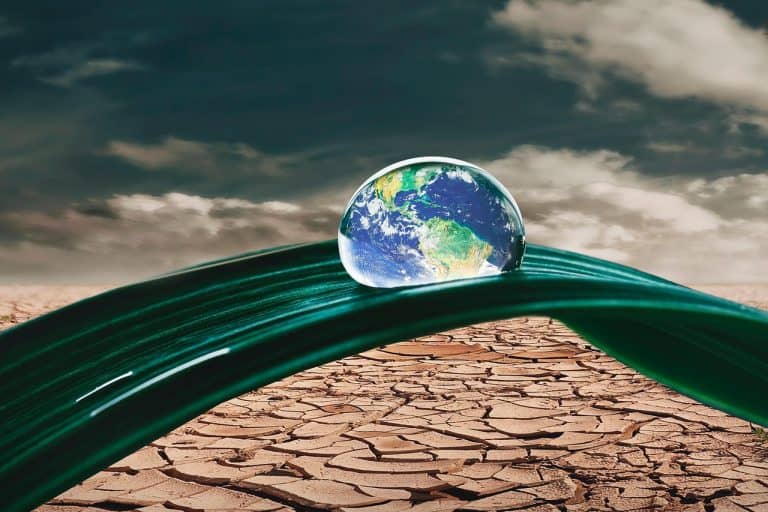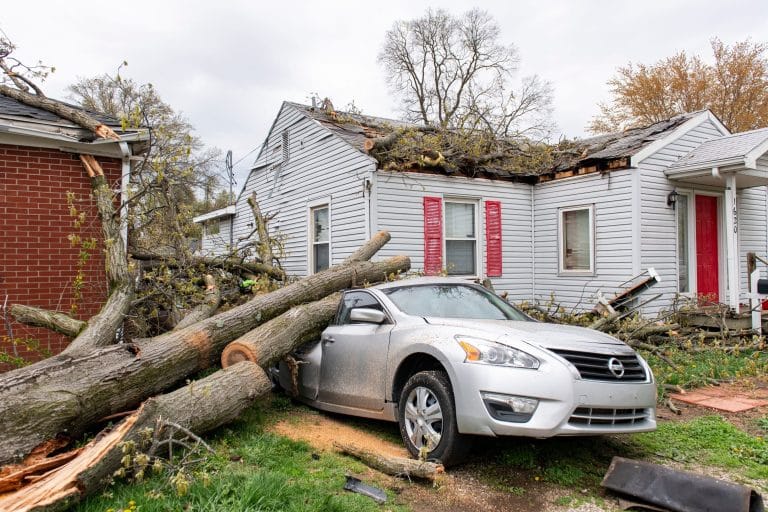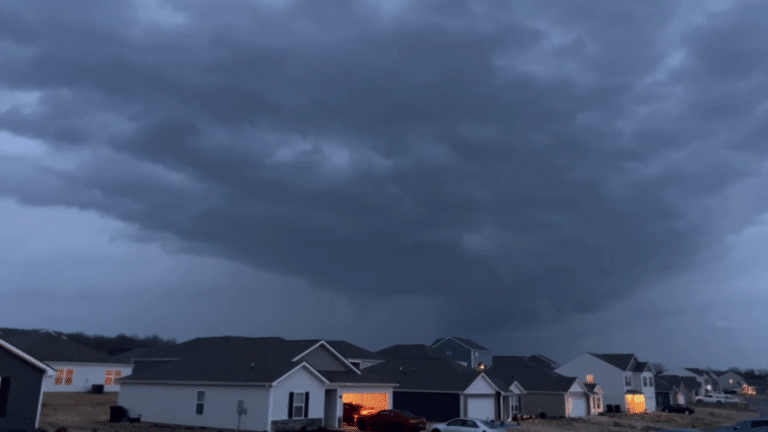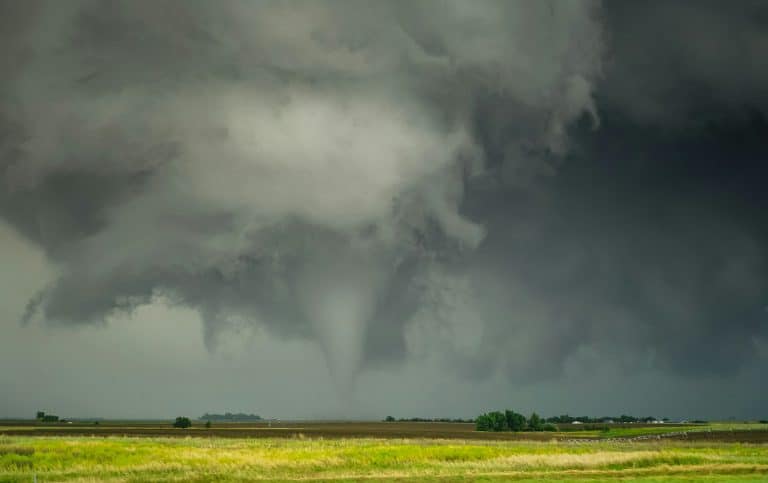Top 3 Worst Hurricanes in American History
The 3 Worst Hurricanes in U.S. History (And Their Lasting Impact)
When it comes to natural disasters, hurricanes are the volatile houseguests no one invites. They arrive unannounced, throw everything into chaos, and leave with a trail of destruction that takes years, sometimes decades, to recover from. Among America’s notorious weather disasters, three hurricanes stand out as particularly catastrophic. Not just because of their sheer ferocity, but because of the marked impact they left on both human lives and the way we approach disaster management today.
1. The Great Galveston Hurricane (1900): Nature’s Cruel Reminder
- Date: September 8, 1900
- Fatalities: Between 6,000 to 12,000 (yes, really.)
Another one of worst hurricanes is The Great Galveston Hurricane that still haunts Texas history as the deadliest natural disaster in U.S. history. Picture this: 140 mph winds whipping across the island community of Galveston, paired with a staggering 15.7-foot storm surge. Overwhelming doesn’t begin to describe it. Entire neighborhoods were obliterated, and the infrastructure was so thoroughly wrecked that Galveston lost its standing as a key U.S. port. This one of worst hurricanes didn’t just break records; it broke lives and reshaped an entire city. It stands as a grim testament to the power of high waters and underprepared communities.
2. The Lake Okeechobee Hurricane (1928): When Water Breaks Loose
- Date: September 16, 1928
- Fatalities: Roughly 2,500-3,000
You’d think Florida would know better, but in 1928 much of the state was still figuring out how to outwit hurricanes. This monster storm made landfall near West Palm Beach, immediately unraveling the lives of thousands. However, its most horrifying feature wasn’t the landfall itself but the catastrophic levee breach surrounding Lake Okeechobee. The level of failure resulted in floodwaters inundating countless homes, which is a polite way of saying “swept away. The farming communities were hit the hardest, and the lack of preparedness led to one of the deadliest weather-related events in American history.
3. The Labor Day Hurricane (1935): Too Strong, Too Soon
- Date: September 2, 1935
- Fatalities: Around 400
Florida again. Because apparently, the Sunshine State can’t catch a break. The Labor Day Hurricane of 1935 wasn’t just intense; it claimed the crown of the most intense landfalling hurricane in U.S. history. At 185 mph sustained winds, “fierce” doesn’t do it justice. The storm annihilated the Florida Keys, leaving the Overseas Railroad in shambles (and good luck rebuilding that). https://weather.com/storms/tornado/Tragically, many of the lives lost were World War I veterans employed to construct the Overseas Highway. Equipped with little warning and even fewer resources, they became casualties of a system that underestimated the storm’s impending wrath.
Why Are These Hurricanes Important Today?
At a glance, we could dismiss these worst hurricanes as events of the past, but that would be missing the point entirely. These disasters were pivotal in shaping modern methods of hurricane preparedness, forecasting, and FEMA’s playbook. From better levees and coastal development policies to weather alert systems that actually work, every modicum of safety we rely on today was, in part, born from the lessons learned when these giants roared ashore.
Takeaways for Business Owners and Homeowners
Here are a few takeaways from these deadly storms:
- Don’t Underestimate Water: Storm surges often cause more devastation than wind. Invest in proactive measures like flood barriers and insurance.
- Have a Plan: Whether you’re running a business or simply protecting your family, evacuation routes and communication plans aren’t optional during hurricane season.
- Stay Educated: Trust modern forecasting. That Category 4 label isn’t an exaggeration, and you’re not winning any points by riding it out.
- Rethink Infrastructure: Outdated systems and structures just don’t hold up. Whether it’s upgrading your business location or neighborhood planning, prepare for the worst while hoping for the best.
Wrapping It Up
From Galveston to the Florida Keys, history teaches us one thing about hurricanes—we may never conquer Mother Nature, but we sure as heck can respect her. The cost of doing so? Preparation. The cost of not doing so? That’s a price Galveston and Florida families know all too well. Remember the past, learn from those mistakes, and stay safe out there.

